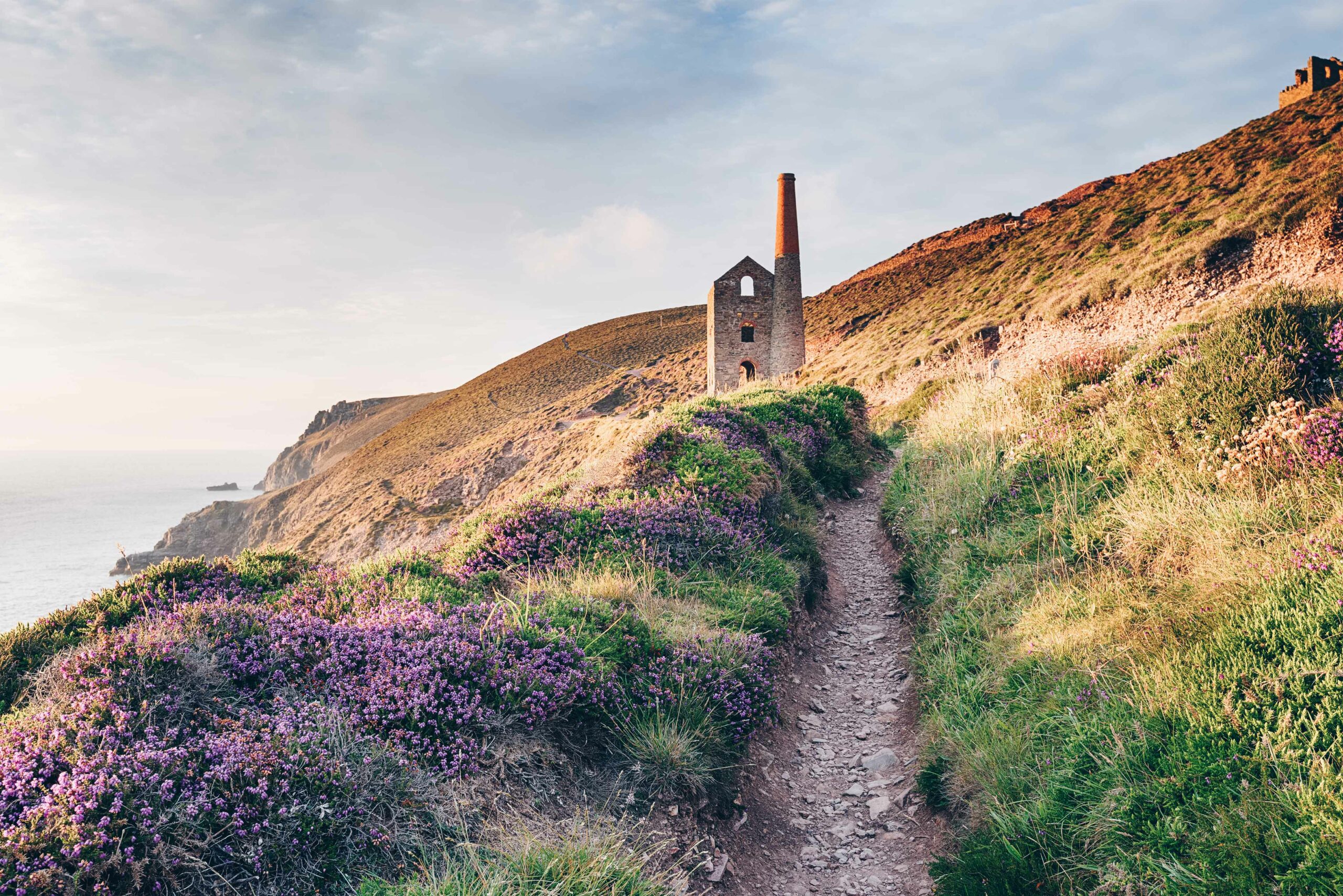Once a somewhat under-the-radar enclave of Britain that was notoriously arduous to get to, Cornwall has become infinitely more accessible over recent decades. With better transport links came the second homers and weekend tourists. They ooh-ed and aah-ed at the sensational scenery (that’s punctuated with tin mining towers of yesteryear), sank their teeth into delicious local pasties, and took to the water to sail around the coves and bays that were once the domain of ruthless bootleggers.
Today, Cornwall’s popularity is tracking off the charts, and it’s thriving under the spotlight. There’s something for everyone here, from clifftop camping sites to eco-chic spa hotels, sailing breaks for the nautically inclined and tucked-away B&Bs for those looking to bury themselves in the beauty of the county.
Eat
When it comes to dining in Cornwall, it’s not always of the sit-down variety. The ubiquitous pasty, a shortcrust pastry stuffed with beef, onion, potato, and swede, was invented as a hand-held snack for the hardy tin miners and is still very much an on-the-hoof affair. The same goes for fish and chips, locally sourced and wrapped in paper to take away. They just don’t taste the same unless perched on a harbor wall, accompanied by the sound of lapping waves and the squawk of a circling seagull or two.
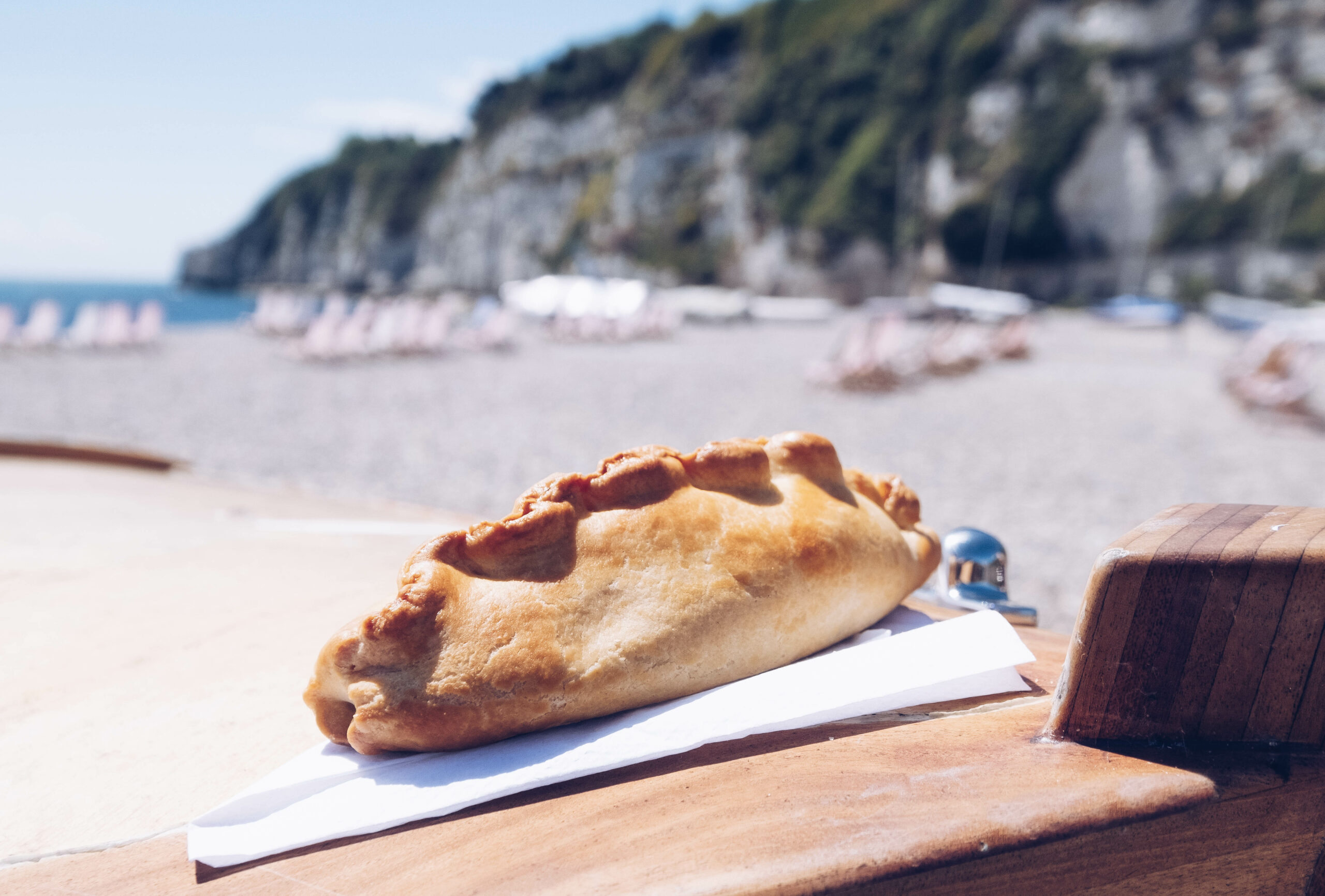
The ubiquitous pasty is a Cornish staple and best savored outdoors. Credit: Shutterstock 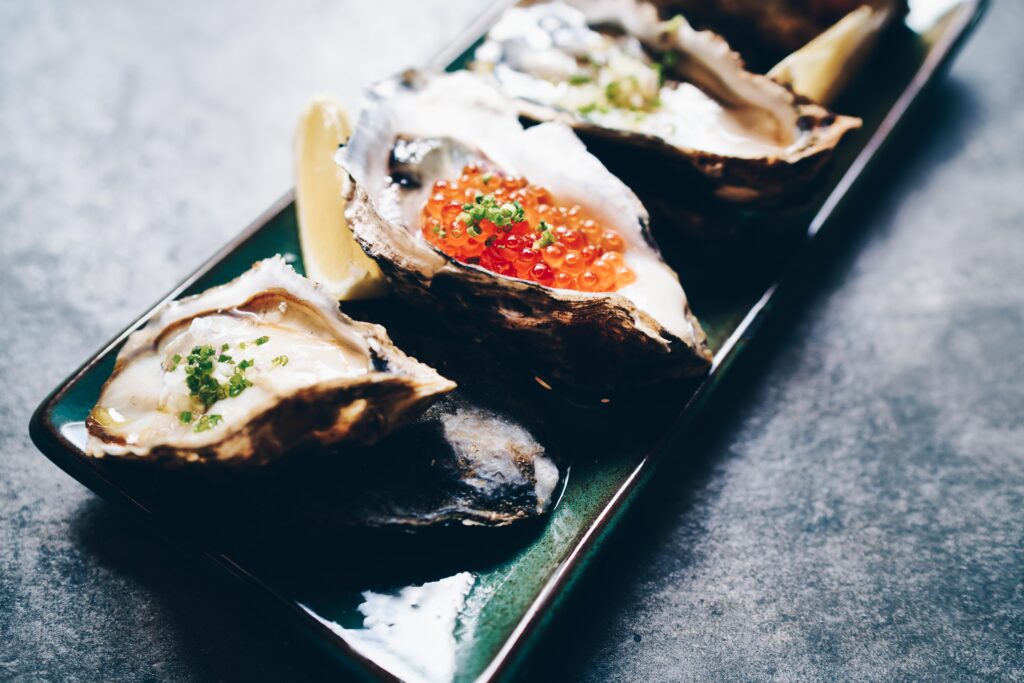
Other culinary delights include seafood, which the Cornish coast is world famous for. Credit: Bruce Chapman/Unsplash
That said, there’s an abundance of sophisticated eateries with attentive service and can’t-tear-your-eyes-away views to boot. With 300 miles of coastline, it’s perhaps unsurprising that local seafood is easy to come by. Celebrity chefs, giddy with excitement at Cornwall’s natural bounty, set up shop in their droves here. Rick Stein’s Seafood Restaurant in Padstow and Nathan Outlaw’s outpost are a couple of the most well-known. But you don’t have to splash out on the big names to enjoy whole Cornish lobster, wild mussels, mackerel, or scallops plucked fresh from the bay. There are excellent independent restaurants across the county proudly run by residents and stocked with the catches from local fishermen.
Cornish oysters are so delectable that they command their very own festival in Falmouth each October. Marking the start of dredging season, the Falmouth Oyster Festival is a lively celebration of the local oystercatchers and the chance for visitors to shuck some oysters accompanied by a Cornish male voice choir heartily belting out traditional sea shanties. The next decision is whether to wash them down with a local ale (Doom Bar, Betty Stoggs, and Tribute are some of the most famous) or opt for a delightful glass of Pinot Noir Rosé Brut from Cornwall’s Camel Valley vineyard.
Play
On a warm summer day, time can easily be whiled away on Cornwall’s sandy beaches. Some of the most popular with coveted Blue Flag status are Carbis Bay, Polzeath Beach, Gyllyngvase Beach, and Widemouth Bay. Water babies will find themselves quickly beckoned away from the sand and on to the water, perhaps to sail around the coves of the south coast or tackle the waves with the kite surfers of Watergate Bay on the north coast. Then there’s mile upon mile of coastal footpaths to admire the cliff-pinched landscapes. Try the Lizard Peninsula, the most southerly place in Britain, for some particularly dramatic and memorable views.
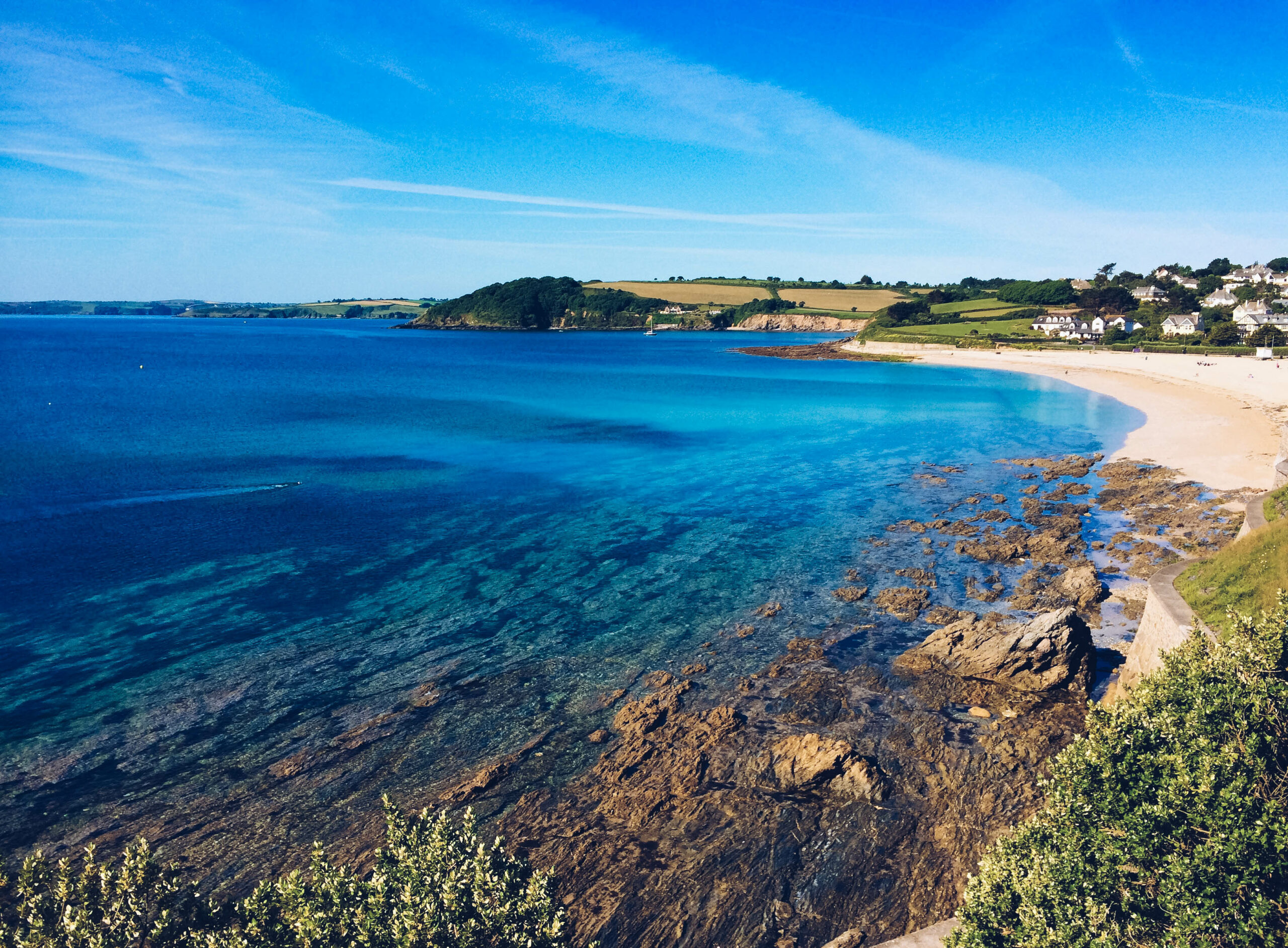
The rugged beauty of the Cornish coast knows no equal. Credit: Anna Hann
For a spot of culture, there’s a lively modern art scene in Cornwall, a movement that began here in the 1920s and ‘30s when Barbara Hepworth and others found themselves inspired by pretty St. Ives. Here, what was once a humble pilchard harbor is now home to its own Tate Modern. Yet the sweet fishermen’s cottages that give this town its historic character remain to enchant its visitors too.
For performing arts, the Minack Theatre is undoubtedly one of the most spectacular settings in the world. It’s an extraordinary open-air theatre carved into a granite cliffside, where patrons can watch all manner of live performances from Shakespeare to comedy, with a backdrop of Porthcurno Bay—maybe even spotting a seal playing on the rocks below.

Take in Shakespeare’s best plays at the spectacular Minack Theatre. Credit: Greg Blundell/Visit Cornwall 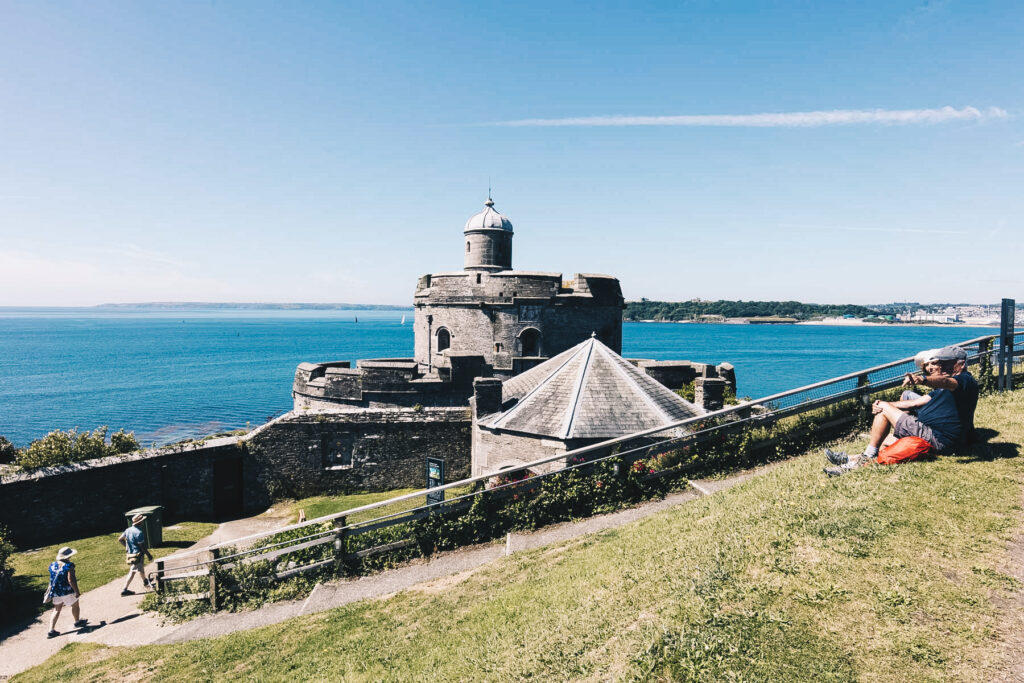
St. Mawes castle is worth a pitstop if you are in the region. Credit: Matt Jessop/Visit Cornwall
Wherever you turn in Cornwall, its sense of history is palpable. Depending on which era piques your interest, there are ways to learn more. Transport yourself to Tudor times and visit the coastal castles of King Henry VIII, Pendennis and St. Mawes, sitting proudly across the water from each other, staunchly defending the estuary. Delve into Cornish tin and copper mining history on a visit to Geevor Tin Mine and brave the dark underground tunnels. Or visit the Lost Gardens of Heligan, ancient gardens that were overgrown and forgotten after WWI, only to be rediscovered in the 1990s and restored to their former magnificence.
Stay
It’s easy to overlook the windswept inland moors of Cornwall to marvel instead at the pretty seaside towns. But there are good reasons to pause here, including to uncover Cornwall’s grittier past at the Bodmin Jail Hotel and its immersive prison experience attraction. This 18th-century prison has been reimagined as plush accommodation after a hundred years of neglect.
In the guestrooms, the original stone brickwork remains exposed, serving as a reminder of its history, but the rooms are comfortably furnished, and guests are warmly welcomed—unlike the building’s previous residents. Keen cyclists and walkers will find themselves well placed to join the Camel Trail, a disused railway line running 18 miles through the glorious Cornish scenery, with access to the route less than a mile away from Bodmin Jail Hotel.

Time to head to jail. The Bodmin Jail Hotel lets you stay in a converted prison. Credit: Bodmin Jail Hotel/Visit Cornwall 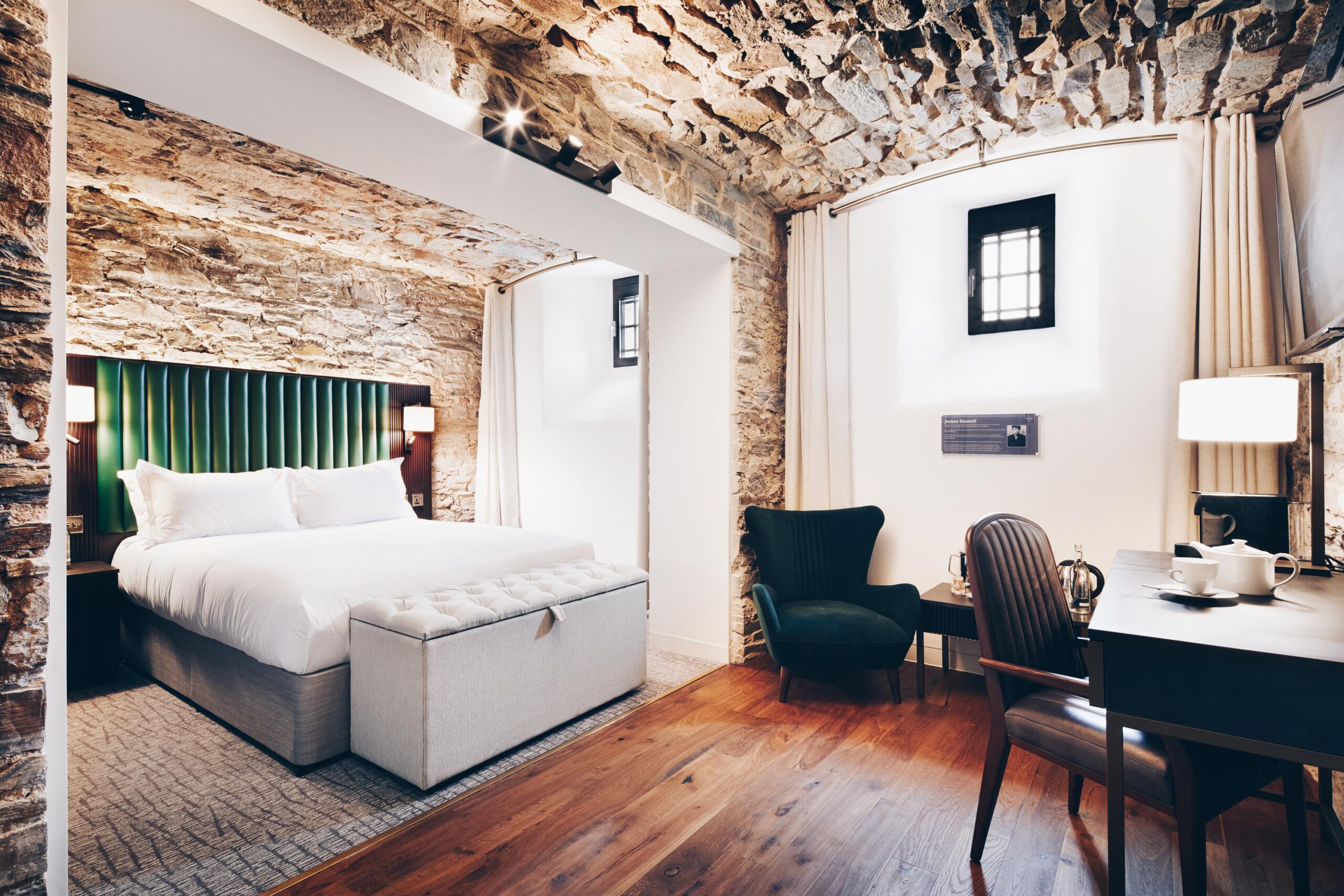
Rooms boast stone and hardwood and comfortable beds. Credit: Bodmin Jail Hotel
THE PIG-at Harlyn Bay
THE PIG-at Harlyn Bay is the modern-day occupant of a historic Cornish house from the 16th century, just a ten-minute drive from pretty Padstow on Cornwall’s north coast. Within the ancient, weathered walls (oh, what stories they could tell!), there are cosy rooms to nestle down in, including the Map Room and a bar serving drinks mixed with local Cornish spirits infused with herbs from the kitchen garden. Of the 30 rooms across the main house, the neighbouring Stonehouse, and four charming Garden Wagons, no two rooms are the same. What they have in common are cosily moody interiors finished with an abundance of squishy furnishings for a make-yourself-at-home feeling. With food proudly sourced within a 25-mile radius, authentic Cornish fare is guaranteed at the two restaurants here.
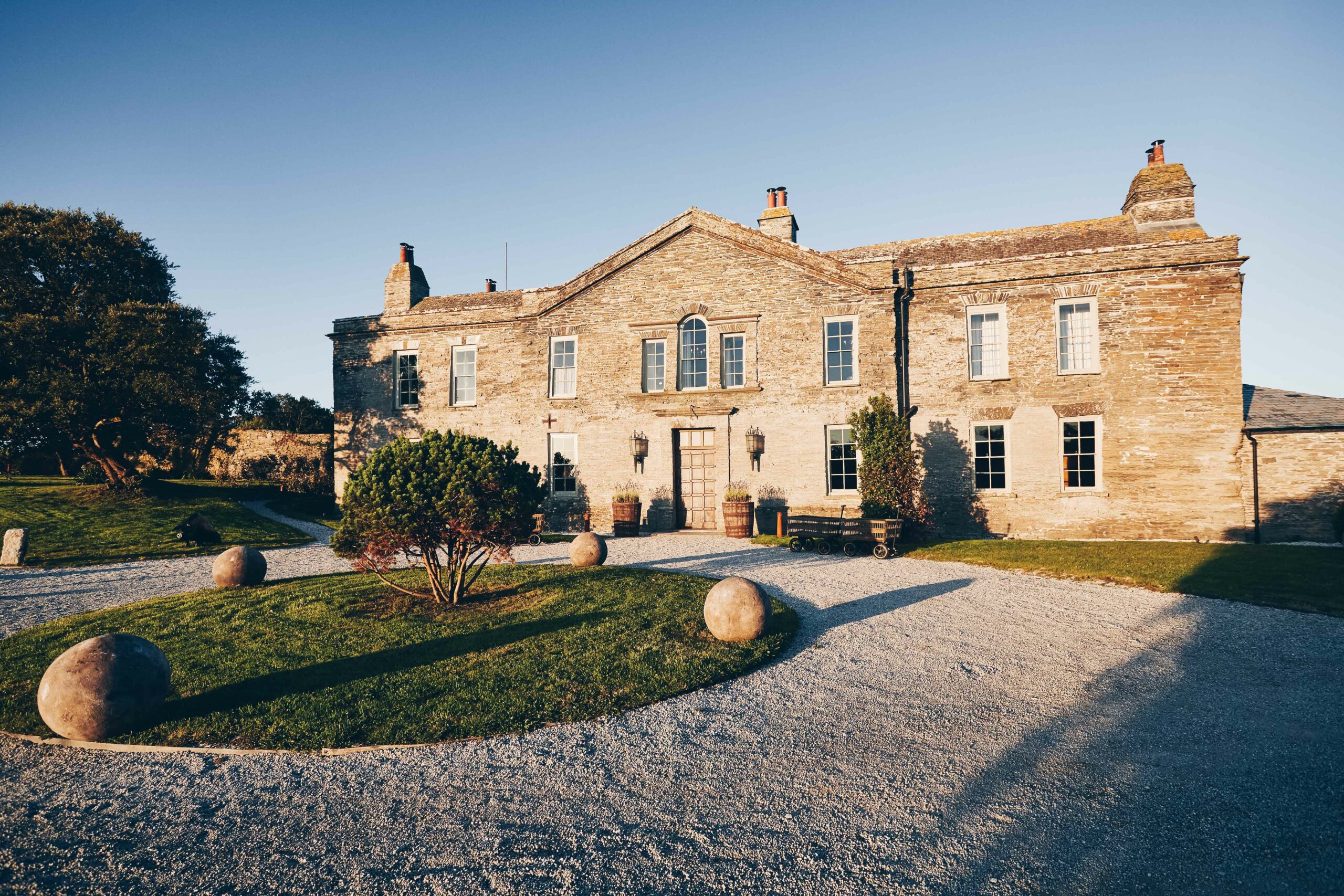
The English manor-style of the PIG-at Harlyn Bay attracts thousands of visitors each year. Credit: Jake Eastham 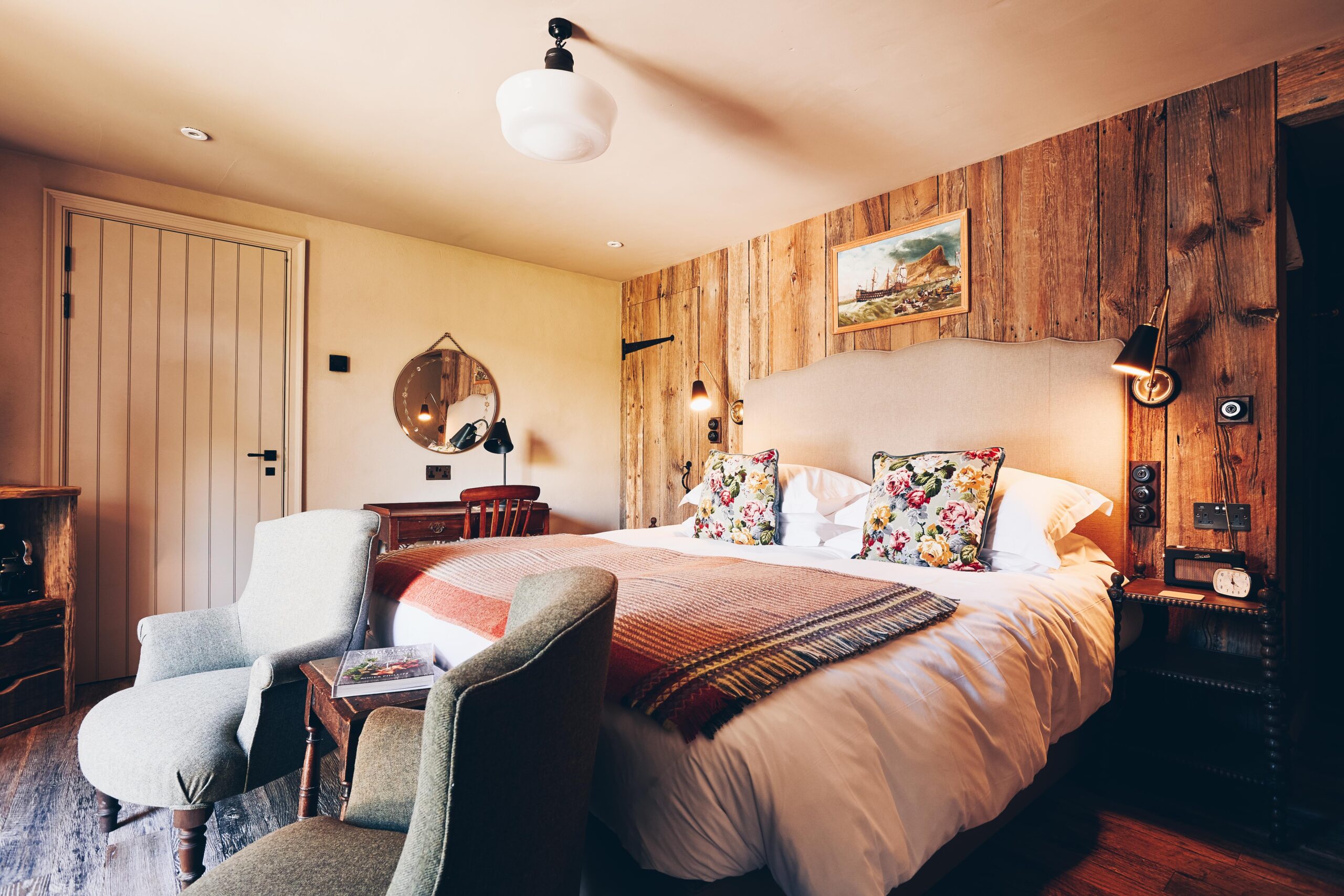
Expect the same traditional style indoors with rooms evoking a feeling of comfort. Credit: Jake Eastham
